Cornwall is a place that is very near-and-dear to my heart. Home to over 300 sandy beaches, picturesque seaside villages, and the indulgent Cornish cream tea….it’s the perfect place to spend a lazy weekend (or longer if you can). We drove from London and spent 3 days in South Cornwall, and barely scratched the surface – there’s so much to see, and do, and enjoy in this region! Whether you’re looking for a family getaway, time on the beach, or wanting to do some hiking and surfing, there’s really something for everyone in Cornwall. I personally went for the cream teas and coastlines.
Related Post: 10 Places You Should Visit in the Cotswolds, England
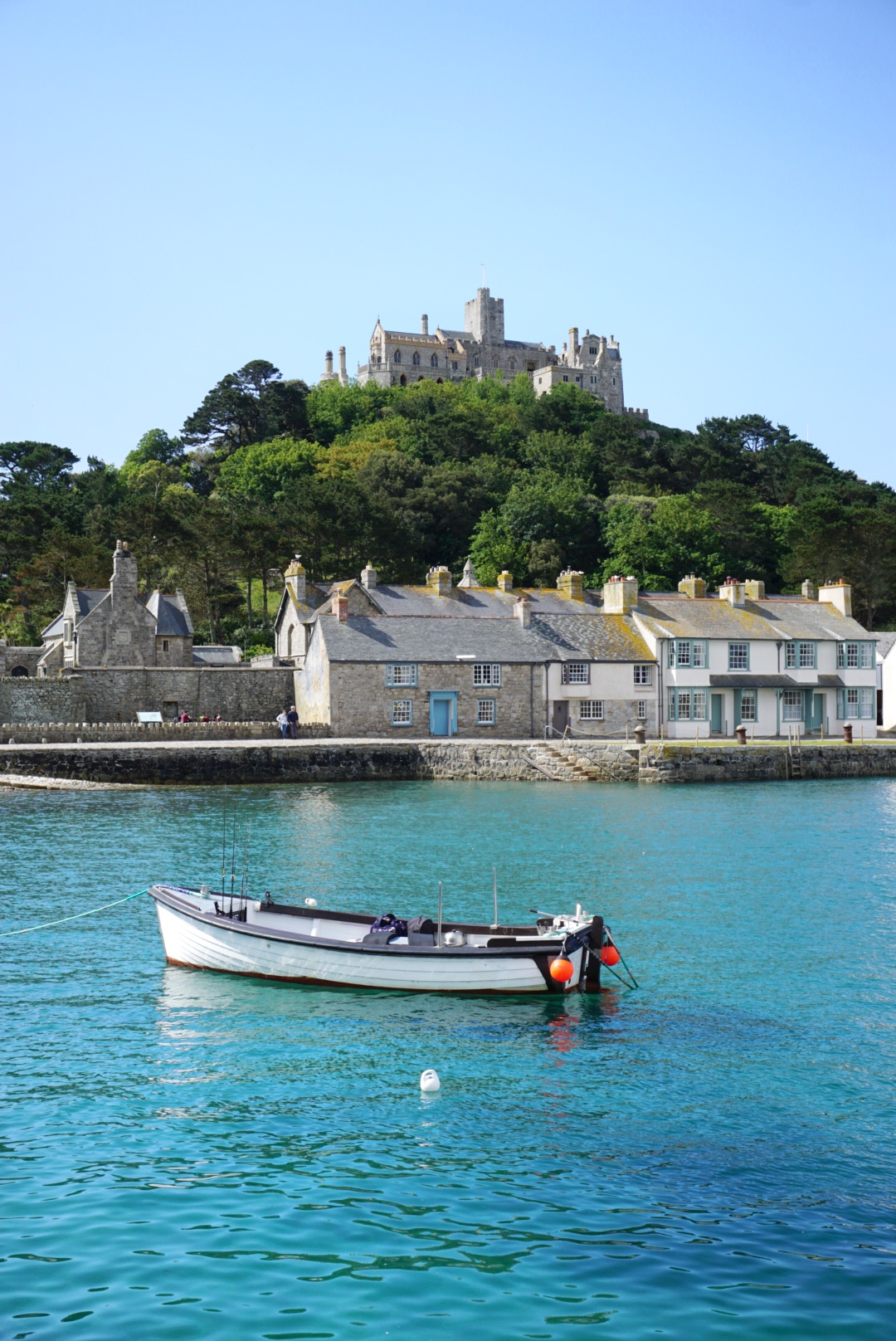
How to Get to Cornwall
Cornwall is a long peninsula on the southwest part of England. Although it’s possible to fly or take a mix of trains and buses from London to Cornwall (there’s a fast train from Penzance to London which takes 5 hours), I’d recommend renting a car if you’re looking to travel to and around Cornwall, since this will give you the most flexibility for visiting the various seaside villages and beaches. Cornwall is roughly a 5-hour drive from London.
How Long to Stay in Cornwall
Definitely stay in Cornwall for at least 3 days. If you can, I’d recommend visiting Cornwall for a week, as there is a lot to see and do in the county, and this would give you time to visit both the Southern and Northern parts of Cornwall which offer very different experiences.
Where to Stay in Cornwall
There’s an age-old debate on whether North Cornwall or South Cornwall is ‘better’. There really is no right answer, and it ultimately depends on what type of holiday you’re looking for. If you are in Cornwall for 3-4 days, I’d recommend sticking to one area. If you’re lucky enough to have a longer period of time in Cornwall, then I’d recommend visiting both sides of Cornwall, starting with the South.
The North is known for it’s rugged coastline, rolling sand dunes, rougher water and a wilder landscape. It’s a great option for those looking for a more adventurous getaway – perfect for those looking to get their hair salty with the surf, or spend a day crabbing and fishing. If you choose to stay in the North, Padstow and Newquay are good towns to stay in. The South faces the English Channel and is a softer coastline featuring gentle tropical beaches (yes! you read that right!) and picture-perfect English villages. If you choose to stay in the South, Penzance and Falmouth are good towns to stay in.


For our trip, we chose to focus most of our time and energy in South Cornwall since we wanted to visit the coves of the Lizard peninsula, only veering up North to spend a short half-day in the picturesque village of St. Ives. If you’re a Cornwall first-time visitor, I’d highly recommend following this approach as you really can’t visit Cornwall without making it down to the Lizard peninsula to witness tropical beaches in the U.K.. Check out our trip recap and 3-days in South Cornwall itinerary below!
TIP: Our home base in Cornwall was the fishing town of Penzance. Check out our charming AirBnB here.
What to Do in Cornwall
To help you plan your time in Cornwall, check out the list below of things we did while we were there. These attractions are arranged in the order we visited, as part of our 3-days in South Cornwall itinerary.
Durdle Door
While not technically part of Cornwall, our road trip started with a quick pitstop at Lulworth Cove and Durdle Door (about a 3 hour drive from London), which is a natural limestone arch on the Jurassic Coast (a UNESCO World Heritage site) in Dorset. This natural arch has been formed over thousands of years. I’d seen a ton of pictures of this photographic arch on Instagram and was really looking forward to visiting Durdle Door, and even though it was a bit rainy and windy while we were there, the landscape did not disappoint. You can walk downhill (10 minutes from the car park) for a great viewpoint of the arch, or go further and take the steps down to the beach.
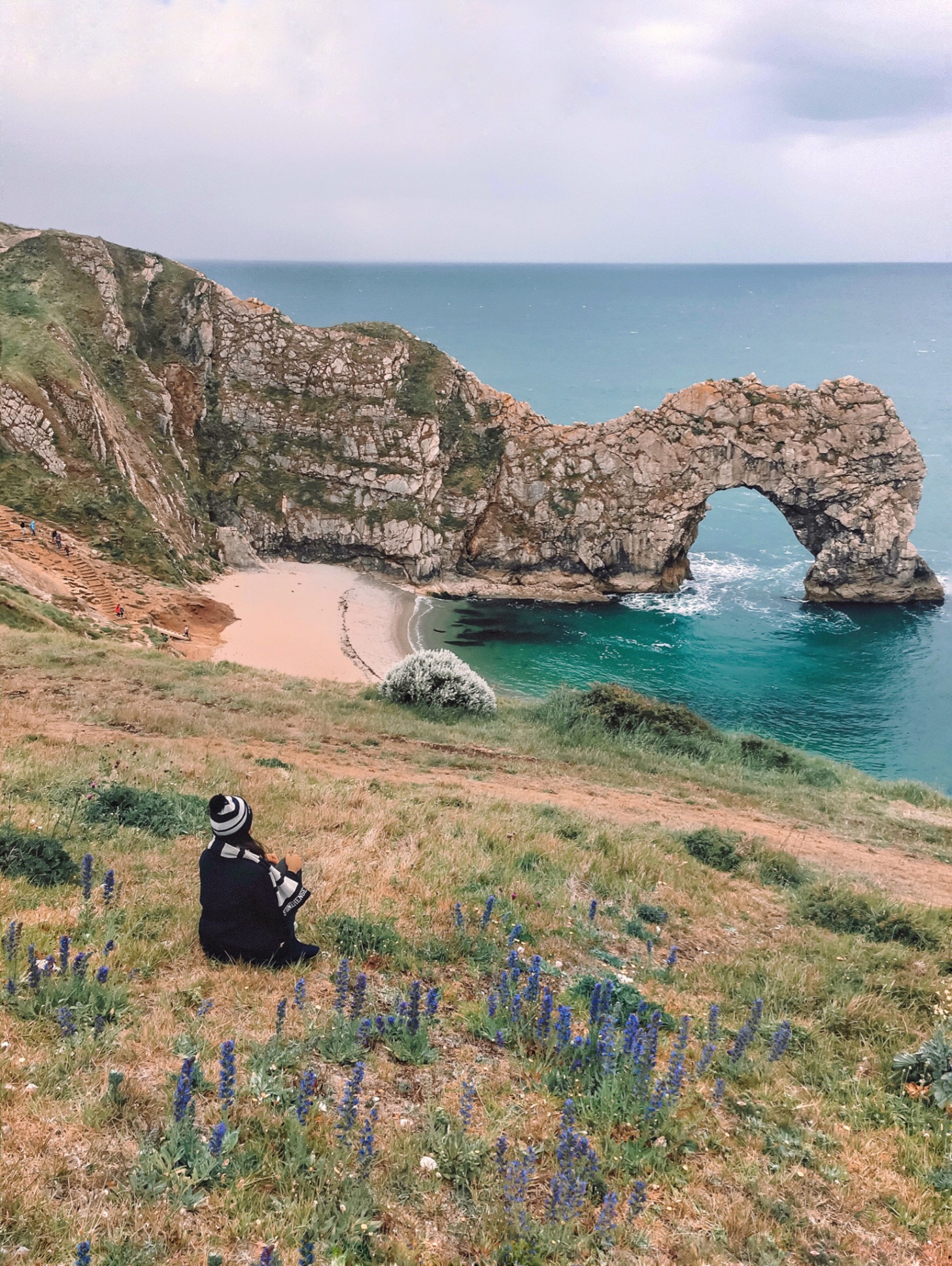
Afterwards, we stopped by the Crab House Café overlooking Chesil beach for a nice seafood lunch. This was one of my favorite meals of the trip – we ordered fresh fish and oysters (and when I say fresh, I mean…served within minutes of them leaving the water) and local crab. The crab was served on a large wooden board with a bib and hammer, which made for a fun eating experience (food always tastes a little bit better if you had to work for it).
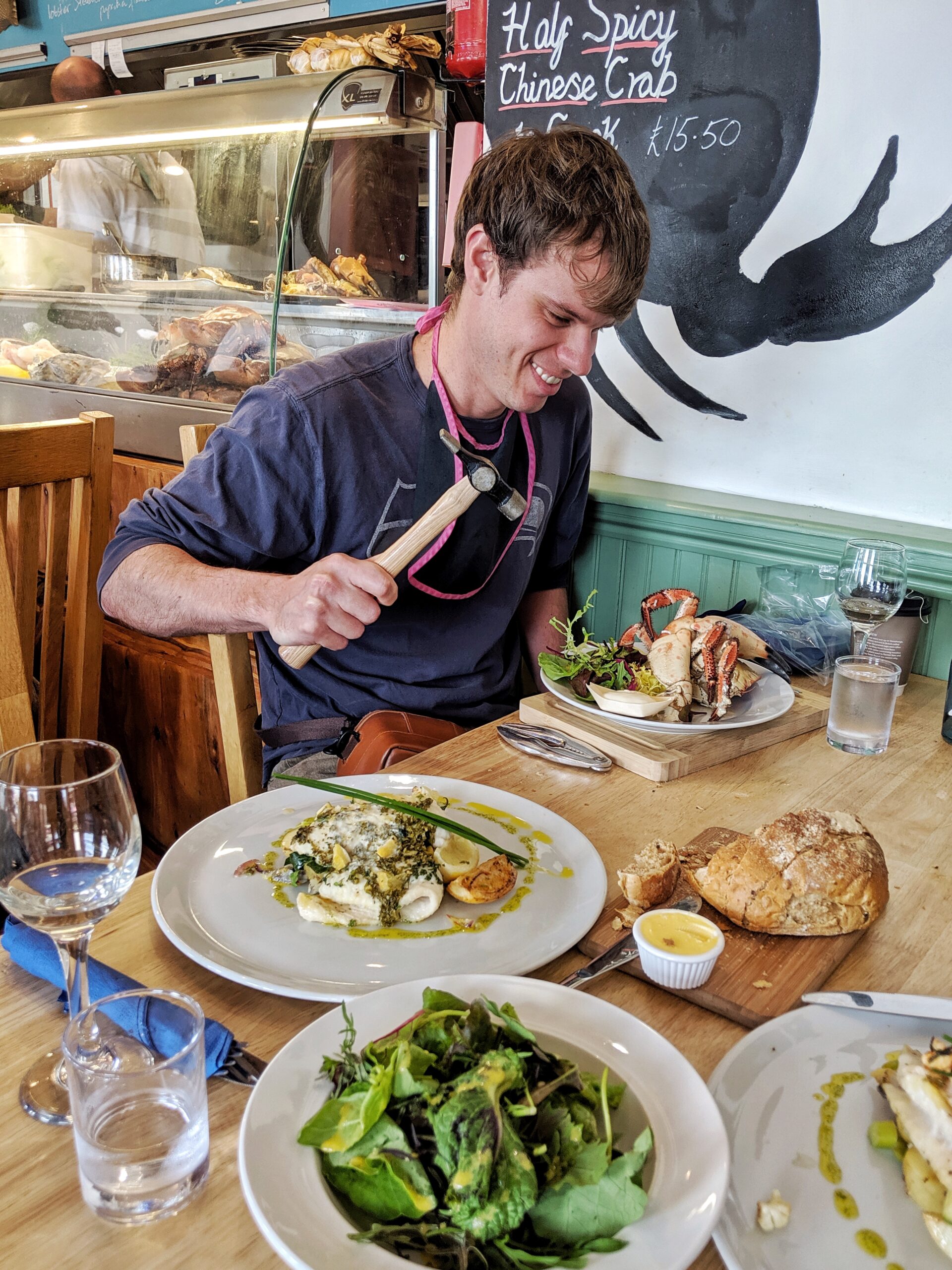
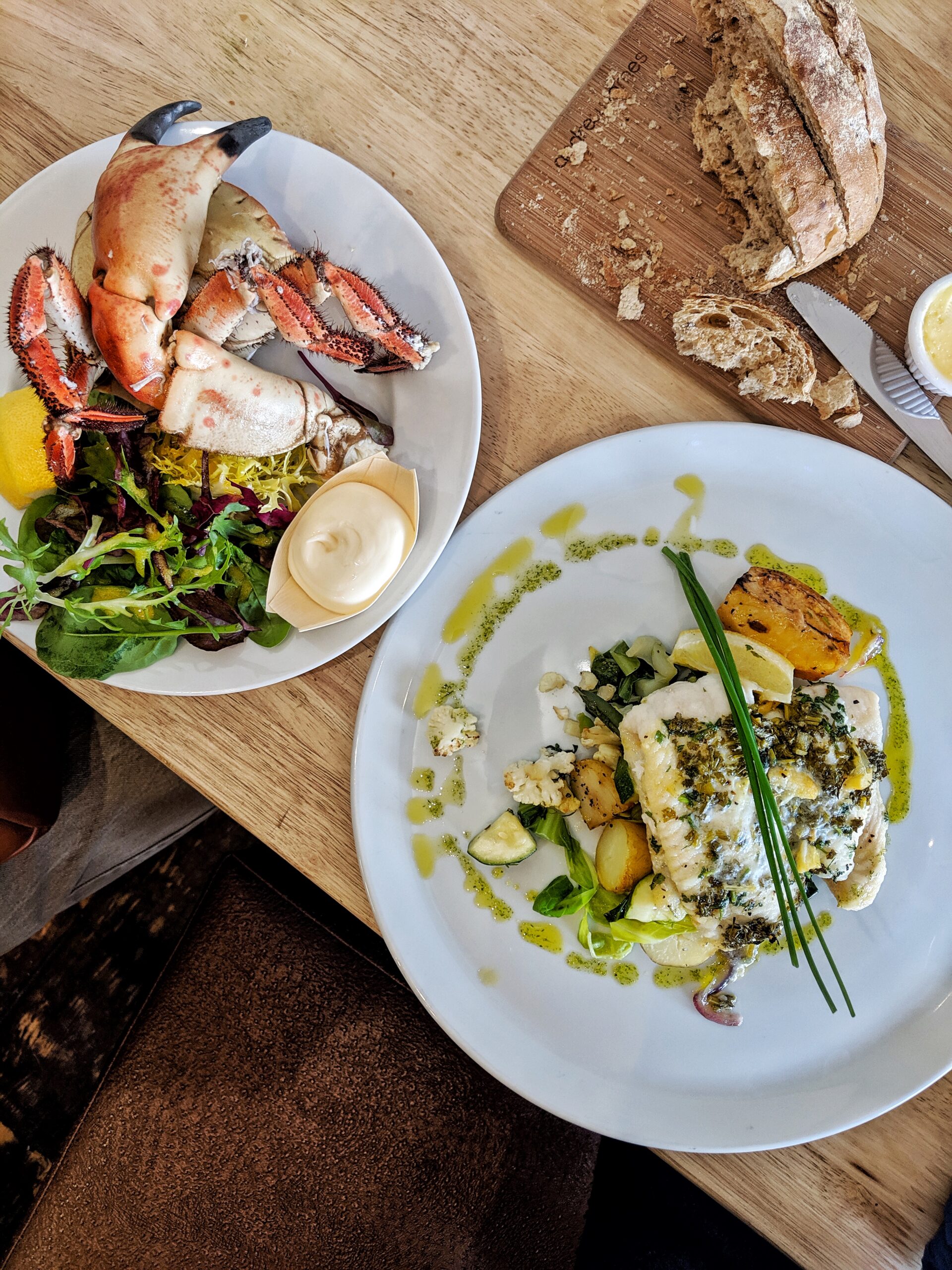
Penzance
Penzance is a small harbor town and port, and is one of the more convenient villages to get to in Cornwall (you can take a fast train from London direct to Penzance). This village has a rich history, one filled with stories of swashbuckling pirates, drunken sailors, mermaids, and ghosts. Penzance is also known for having really accessible beaches, including Long Walk Beach and Praa Sands Beach, both which offer soft sand dunes and shallow waters. If you’re looking to do some swimming but don’t want to hit the beach, Penzance is also known for the Jubilee Pool, which is a large seawater and geothermal pool.
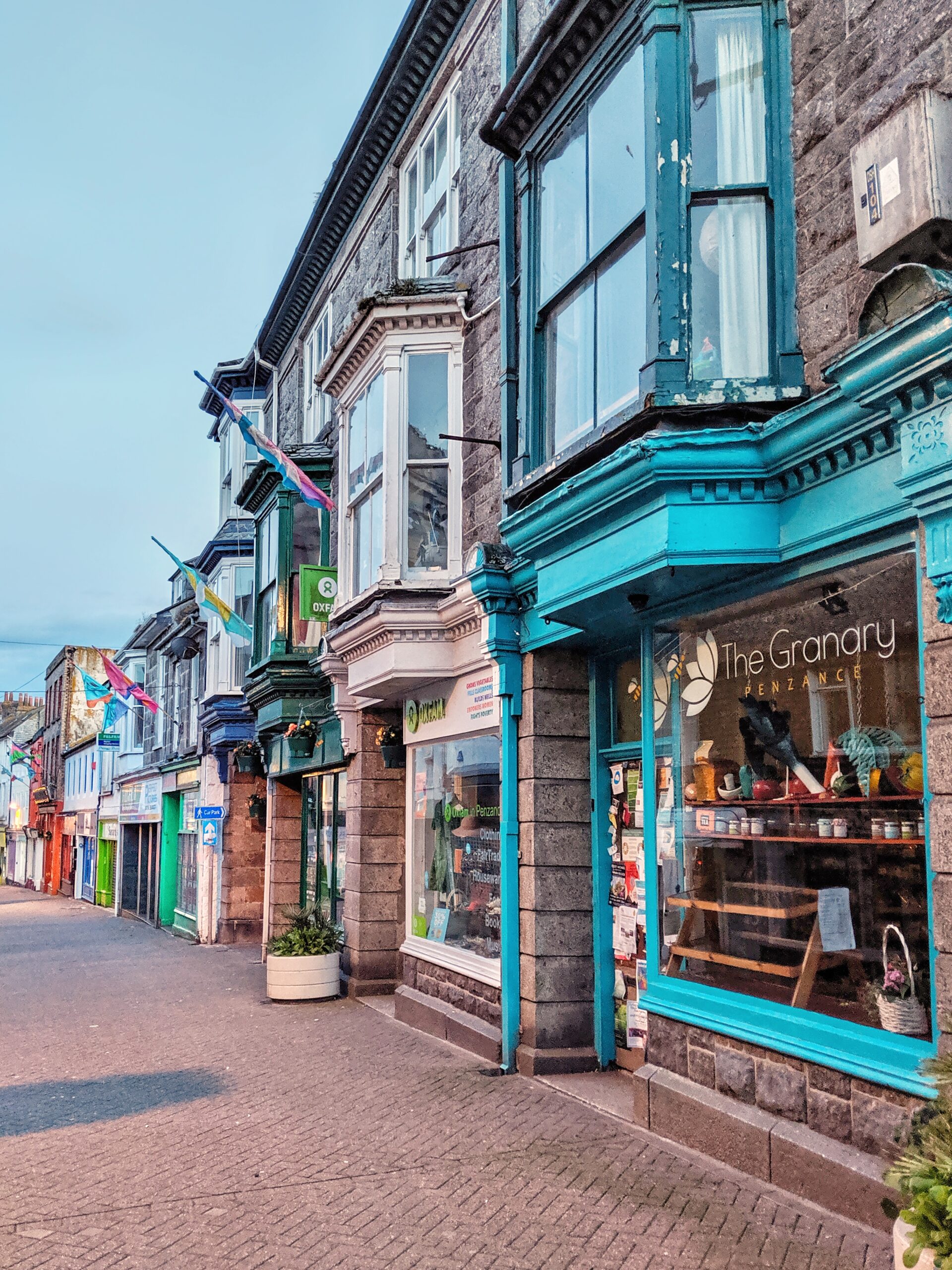
We spent a few hours walking around the town, and enjoyed a nice dinner at the hip Artist Residence hotel and restaurant (get the whole fish!).
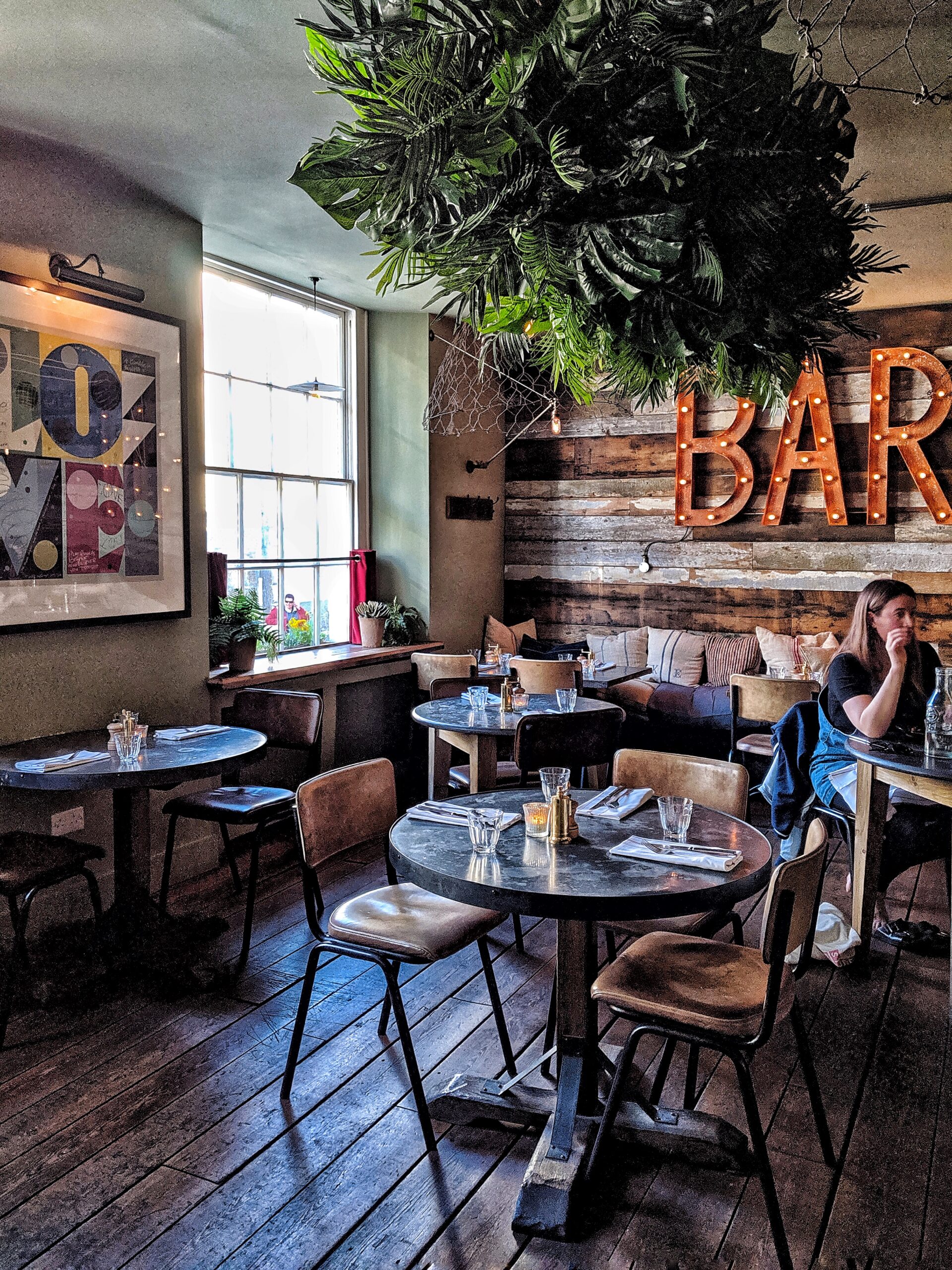
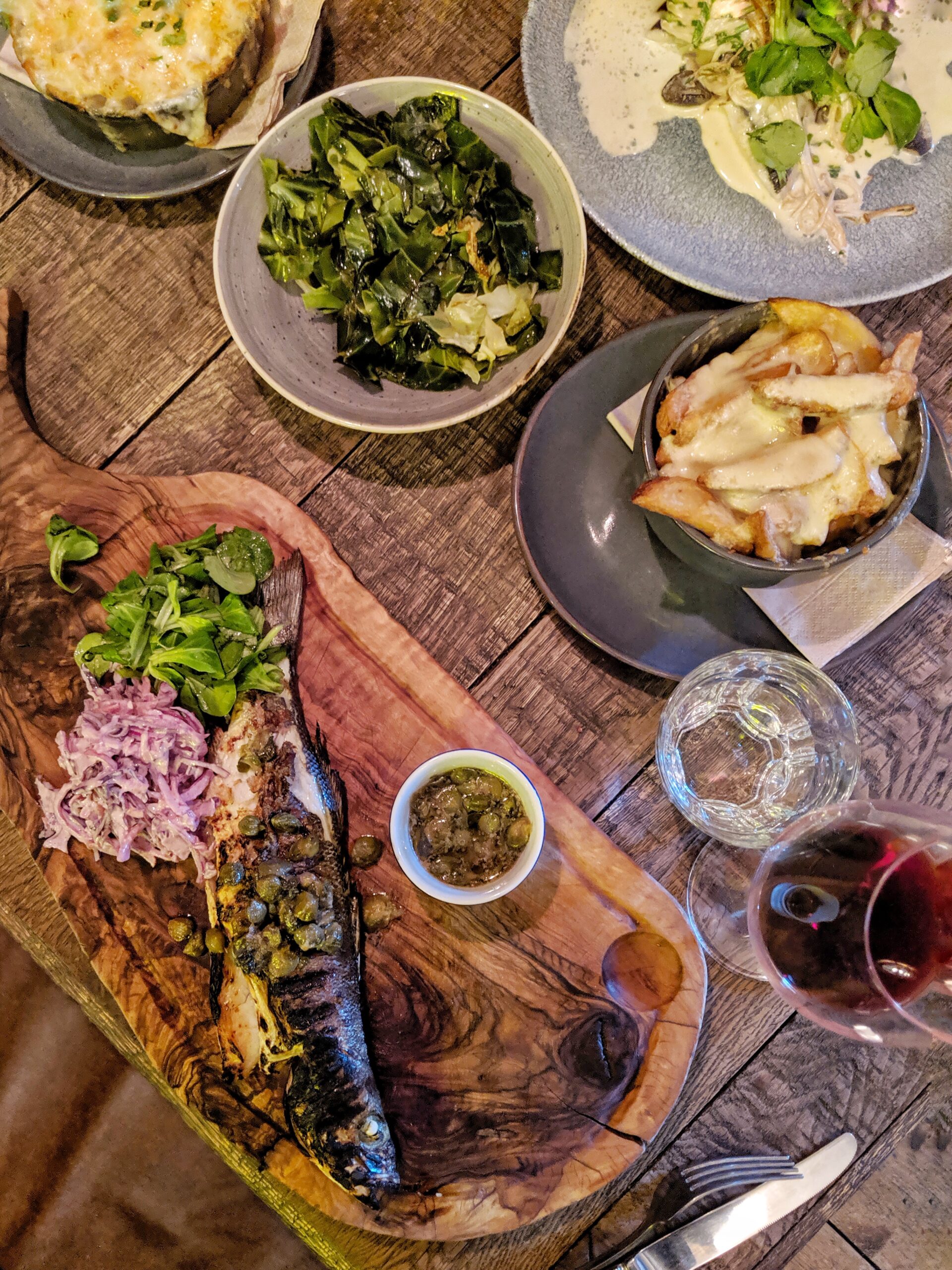
TIP: The Minack Theatre is an open-air theatre carved into granite cliff, located 30-minutes from Penzance. It’s one of the most popular things to do in the area. I really wanted to watch a performance at Minack Theatre (could there be a more romantic place to watch a concert?!) but our schedule wouldn’t allow it. If you have time, I’d definitely check out the Minack Theatre event schedule as this is a unique experience in Cornwall.
Land’s End
Land’s End is the most westerly point of mainland England, and the surrounding landscape really does give you that ‘end of the land, edge of the world’ feeling. We parked at Sennen Cove and hiked our way along the popular, moderate coastal path to Land’s End – it was such a beautiful walk, and I’d definitely recommend budgeting some time in your itinerary for this activity.
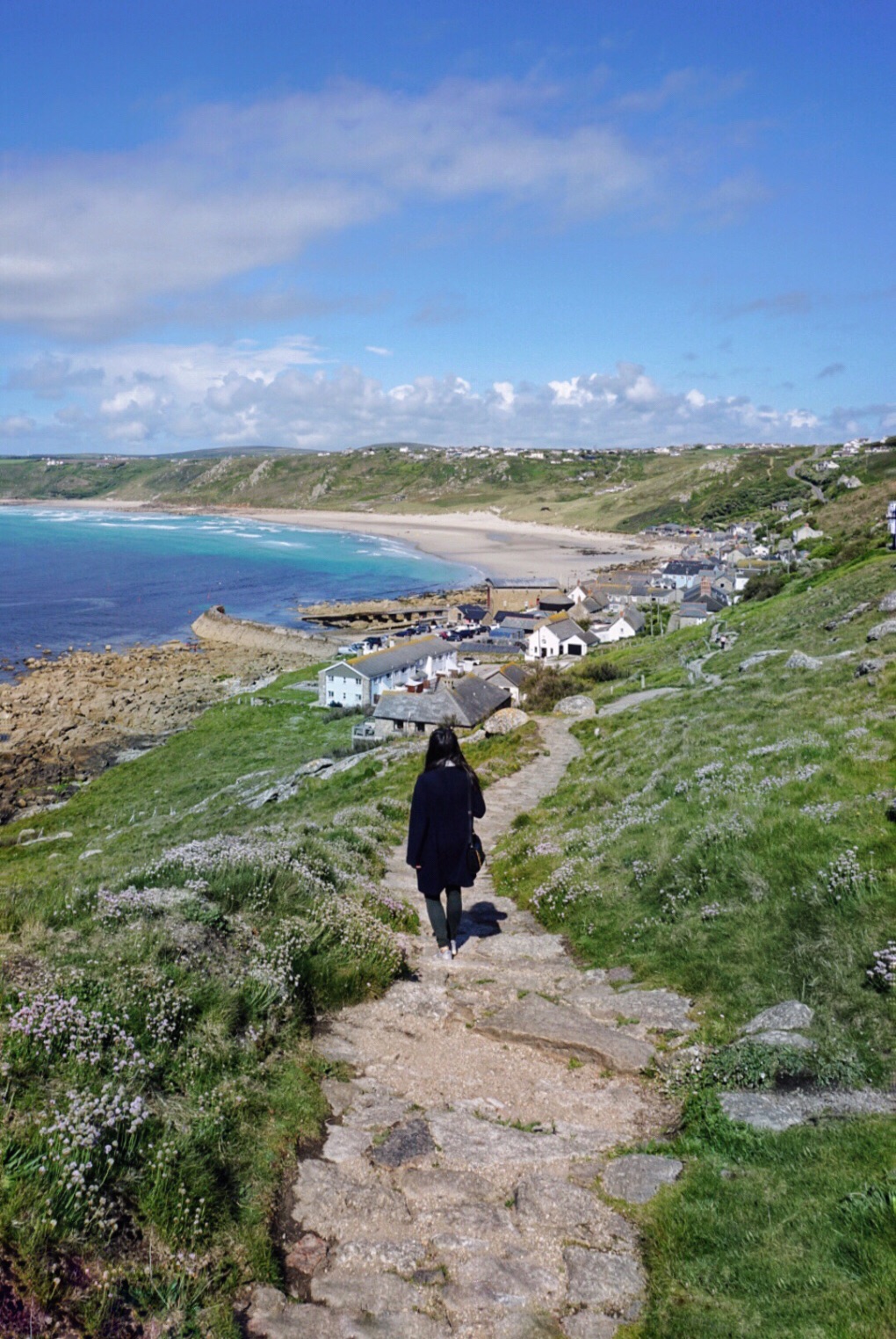

The gentle hour-long hike took us along the coastline where we saw several hidden coves and passed by the RMS Mulheim shipwreck site. We didn’t spend too much time in Land’s End itself as the destination is quite touristy; there’s a signpost you can pose with, a little museum, and some festival-like attractions geared towards kids.



Lizard Point and Kynance Cove
Another great coastal walk is the path from Lizard Point to Kynance Cove (roughly 1 hour). The lighthouse at Lizard Point is the most southerly land lighthouse in England, and the village of Lizard has plenty of cute shops and cafes.

My favorite part about our 3 days in South Cornwall was our time in Kynance Cove. Kynance Cove is famous for its bright clear blue water and white sandy beaches…who knew you could find such great ‘tropical-like’ beaches in the UK?! It was super sunny when we visited and there were a ton of couples and families sunbathing, building sand castles, and playing in the water.
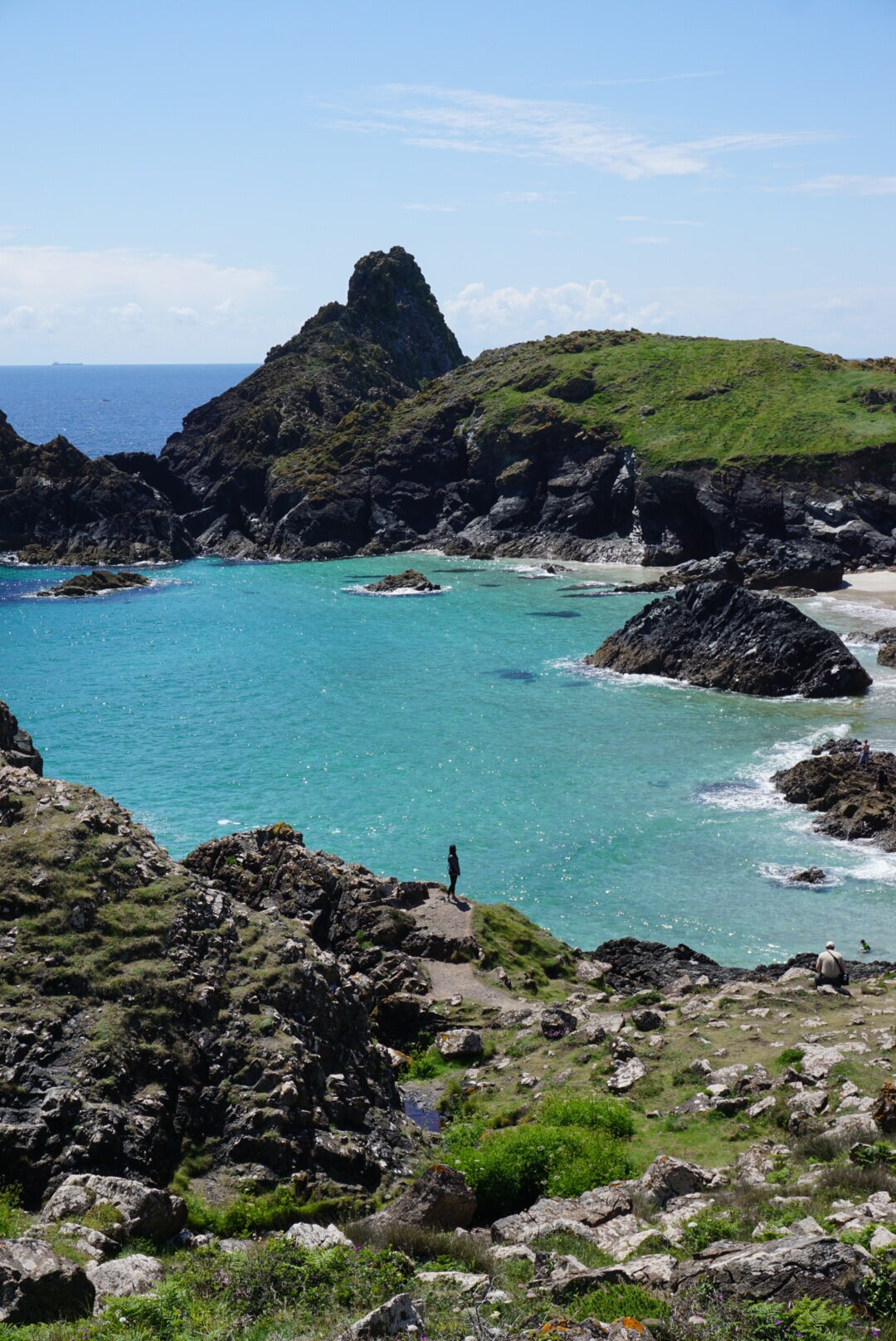
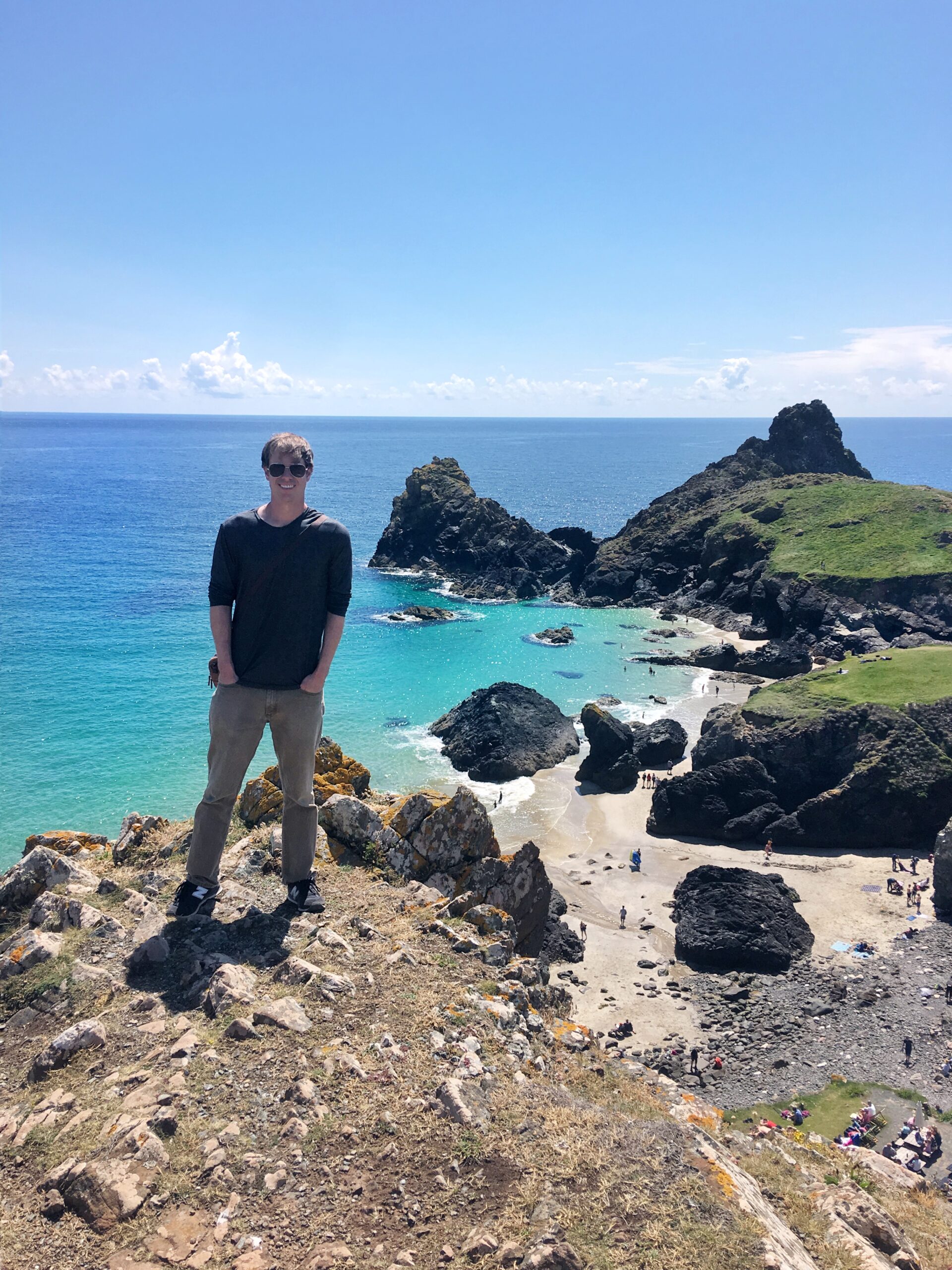

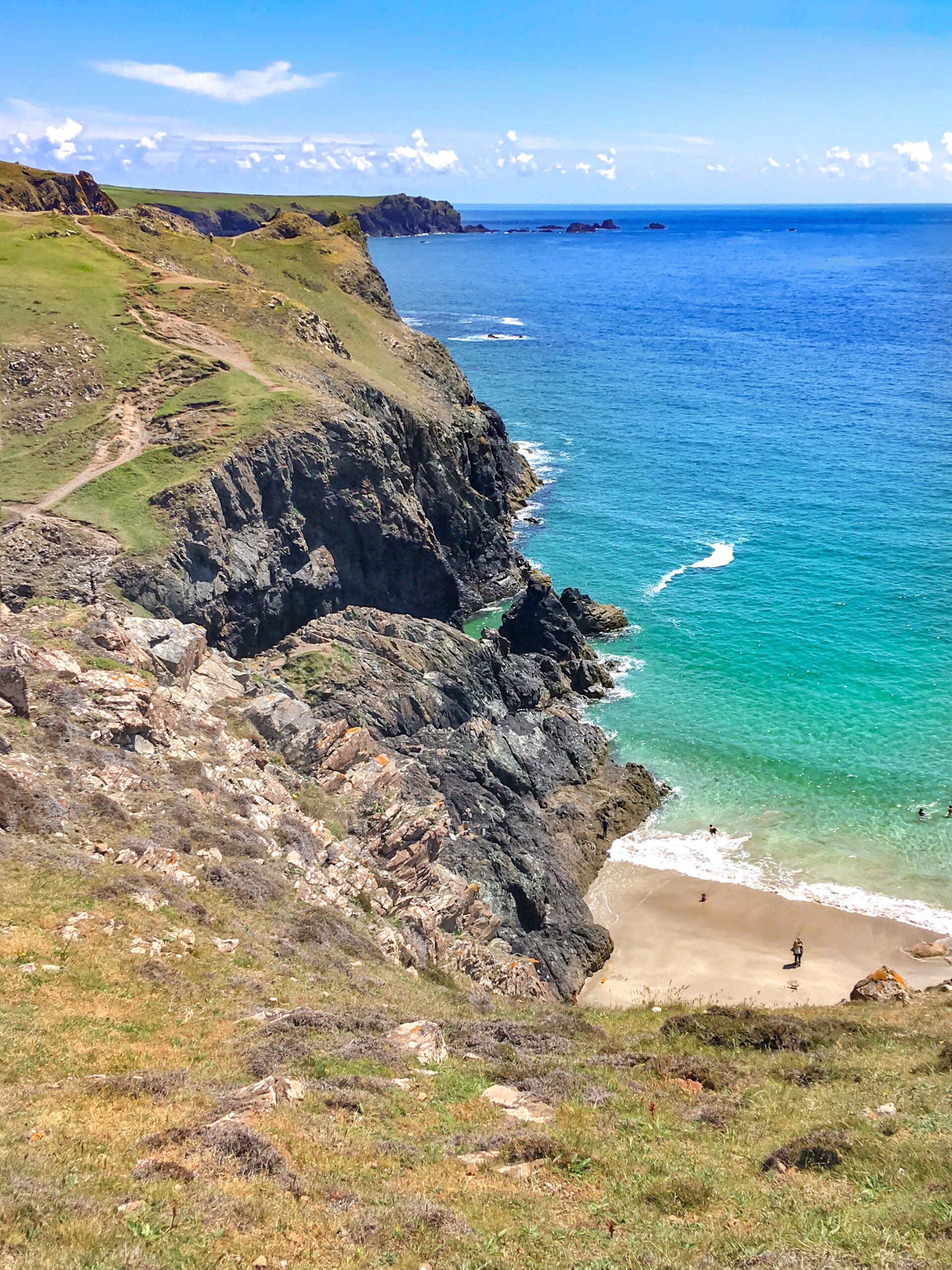
We parked at the Kynance Cove car park around noon, and made the short 15-minute walk down to the beach where we explored the different rock formations and had a cheery lunch at Kynance Cove café, which is right next to the beach. The brilliant weather, the glistening surrounding water, and the scrumptious cream teas and crab sandwich at Kynance Cove café made for a truly memorable meal! Seriously…I’ve never had so much clotted cream stacked on top of a scone in my entire life (and I loved every bite).
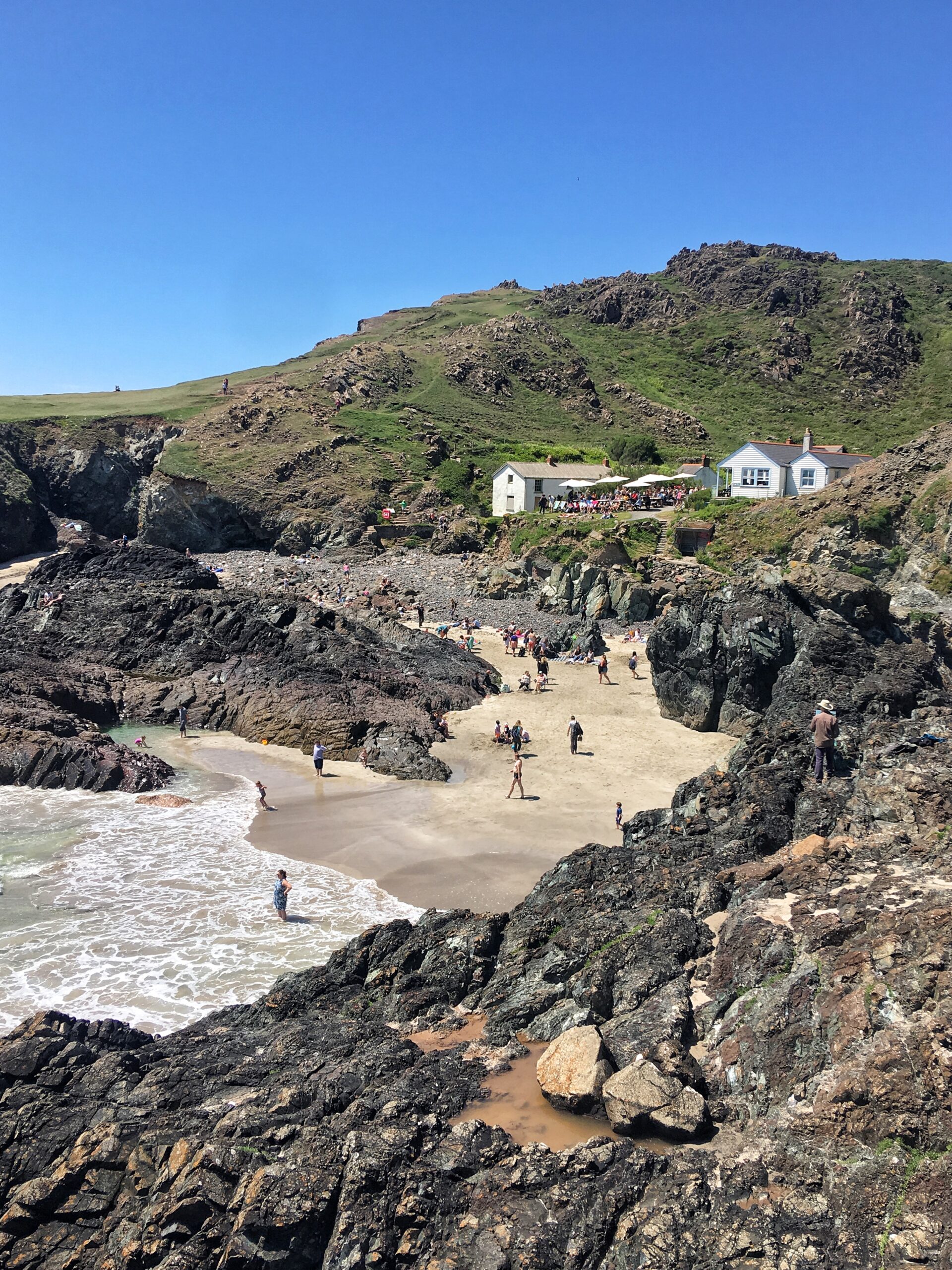
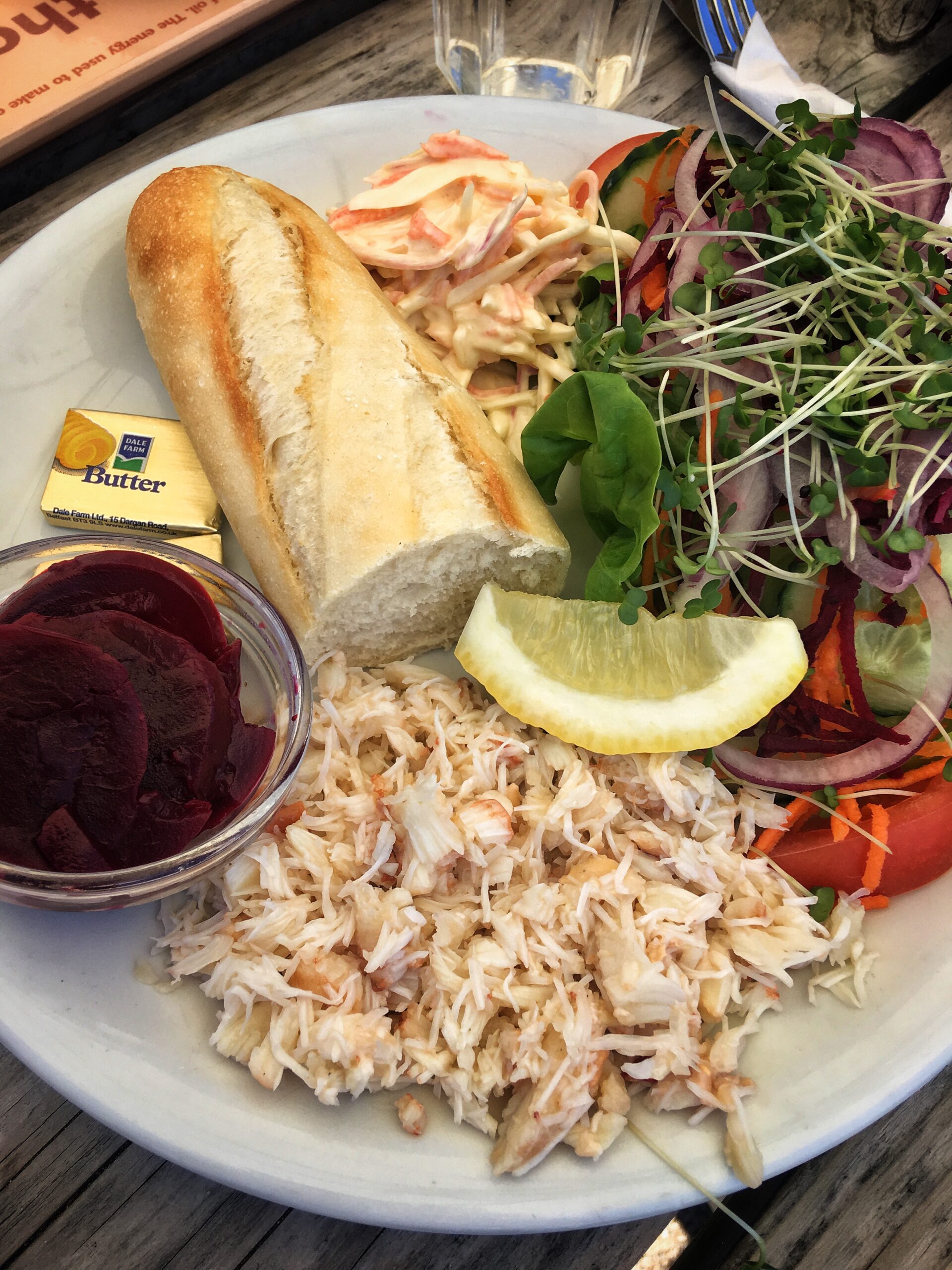
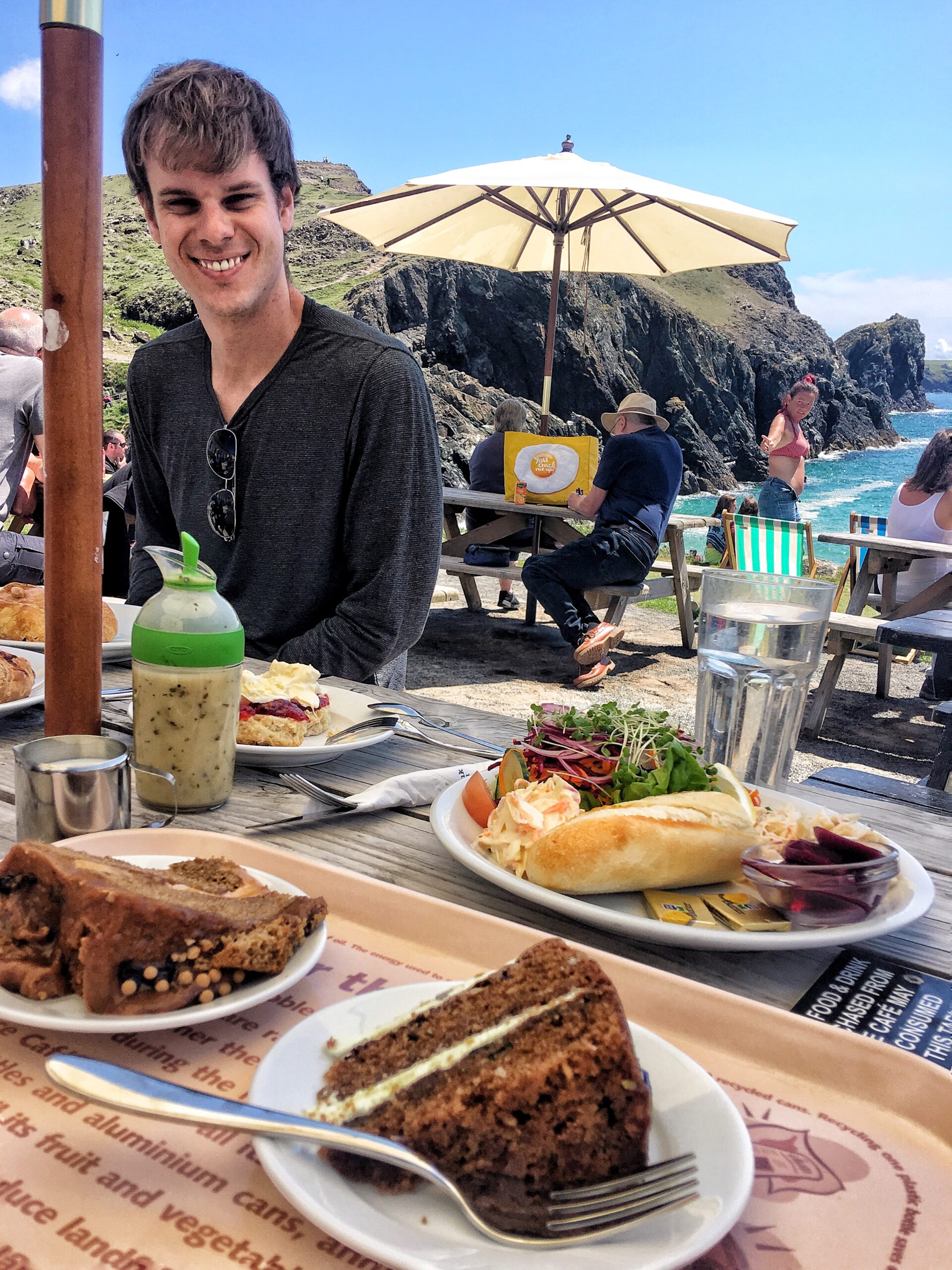
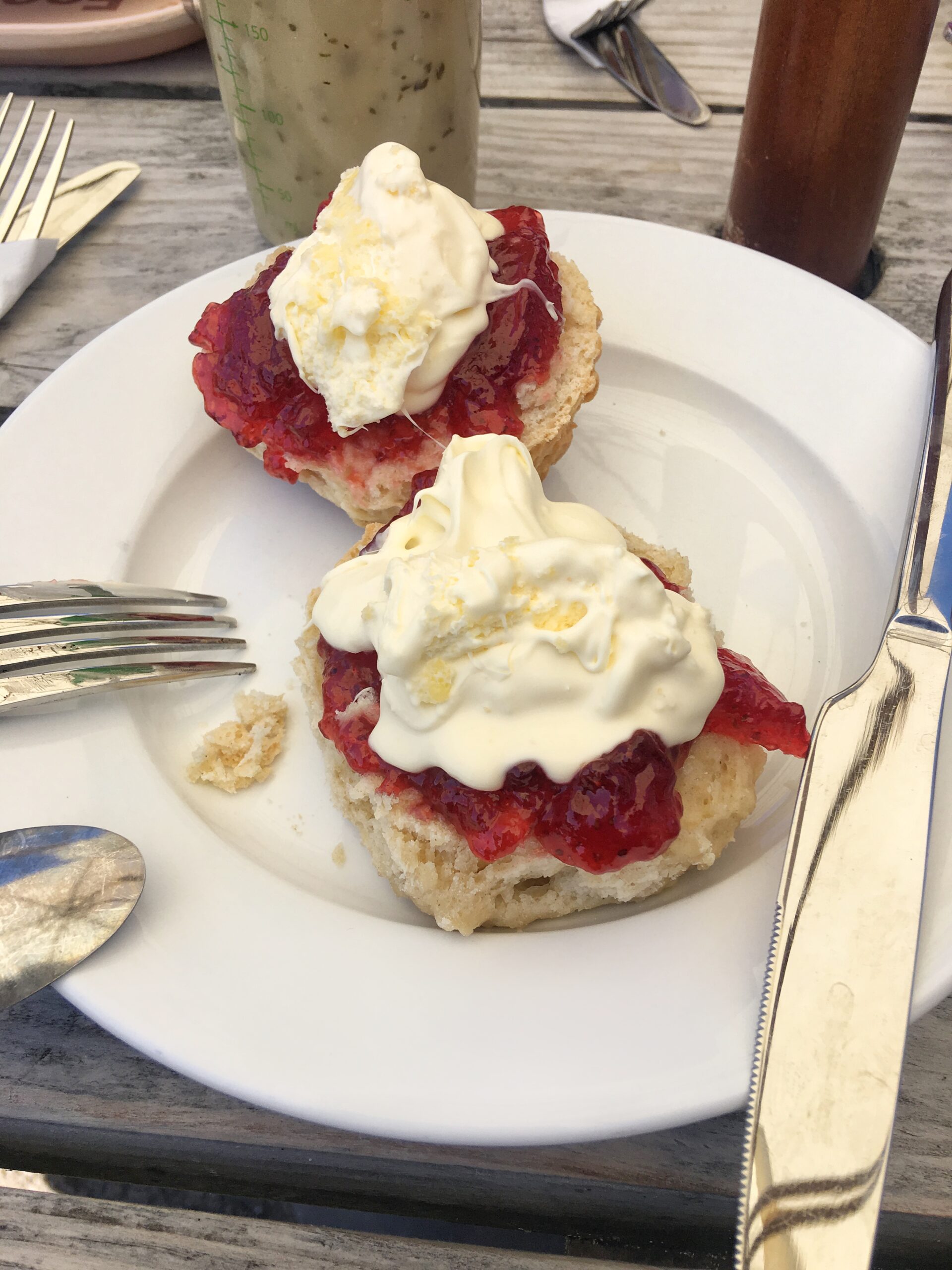
Related Post: The Ultimate London Food Guide
FUN FACT: There is a debate on whether Devonshire or Cornwall cream tea is better. Both versions serve scones with clotted cream and jam, however, in Devon, the scones are first topped with cream, followed by jam. In Cornwall, the scones are topped with jam first, followed by the cream. How do YOU assemble your cream tea?
Marazion and St. Michael’s Mount
Just a stone’s throw away from Penzance is the town of Marazion, which is thought to be Cornwall’s oldest town. While the beach at Marazion and the town are both worth exploring (there are tons of little shops, and the village is known for the extravagant flower baskets that hang from the cottages), the true gem of Marazion is St. Michael’s Mount.

This tiny tidal island is home to a medieval church and castle, and can be accessed via boat at high tide, or you can walk across the causeway at low tide. The castle was built in the 12th century, and you can learn about the building history and tour the interior, and also explore the terraced garden while enjoying sweeping views over Mount’s Bay.

Since it was high tide while we were there, we took a short 5-minute boat ride to explore the island (you can book tickets in advance on the National Trust website here). We also picked up a few paintings as souvenirs at one of the many art shops in the town.



St. Ives
St. Ives is one of the most well-loved destinations in Cornwall. While St. Ives sometimes gets a bad rep for being too ‘touristy’, I actually loved our time there…it’s popular for a reason! Located in Northwest Cornwall, this town is filled with charming honey-colored granite cottages, a plethora of art shops and galleries, and several seaside pubs and atmospheric beach cafes. It’s built on a narrow peninsula that juts out into the Atlantic Ocean and is framed by smooth, sandy beaches – Porthmeor and Harbour beach are both great options if you’re looking for some relaxing family-friendly beach time.


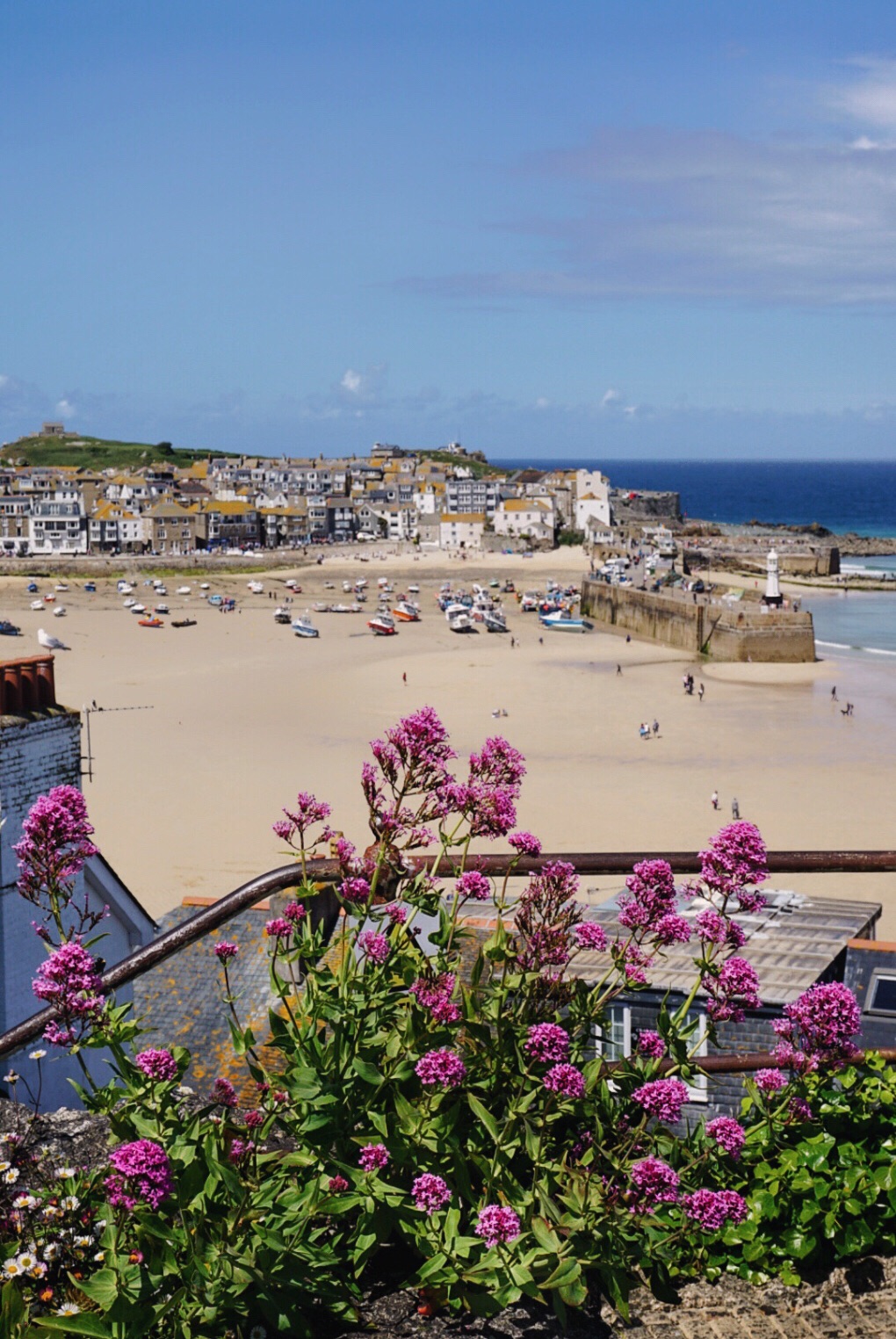
Related Post: The Ultimate London Food Guide
The St. Ives Harbor is the town’s focal point and hosts several restaurants overlooking the many fishing boats bobbing around the harbor. We spent some time on the benches in the area enjoying the atmosphere, and also took a short walk along Smeaton’s pier.



While in St. Ives, we also had some more cream tea (when in Cornwall) and picked up a hot Cornish pasty from SH Ferrell and Son for a snack. Cornish pasties are a ‘must’ when in Cornwall – they’re a traditional British baked turnover shaped pastry typically filled with meat and vegetables. Unfortunately, we didn’t get to eat much of our pasties because they were plucked out of our hands by some vicious seagulls. Apparently, the seagulls in Cornwall are not afraid to get up-close-and-personal, and they will literally snatch food from your fingers if they see an opening. It was both hilarious and terrifying to experience!
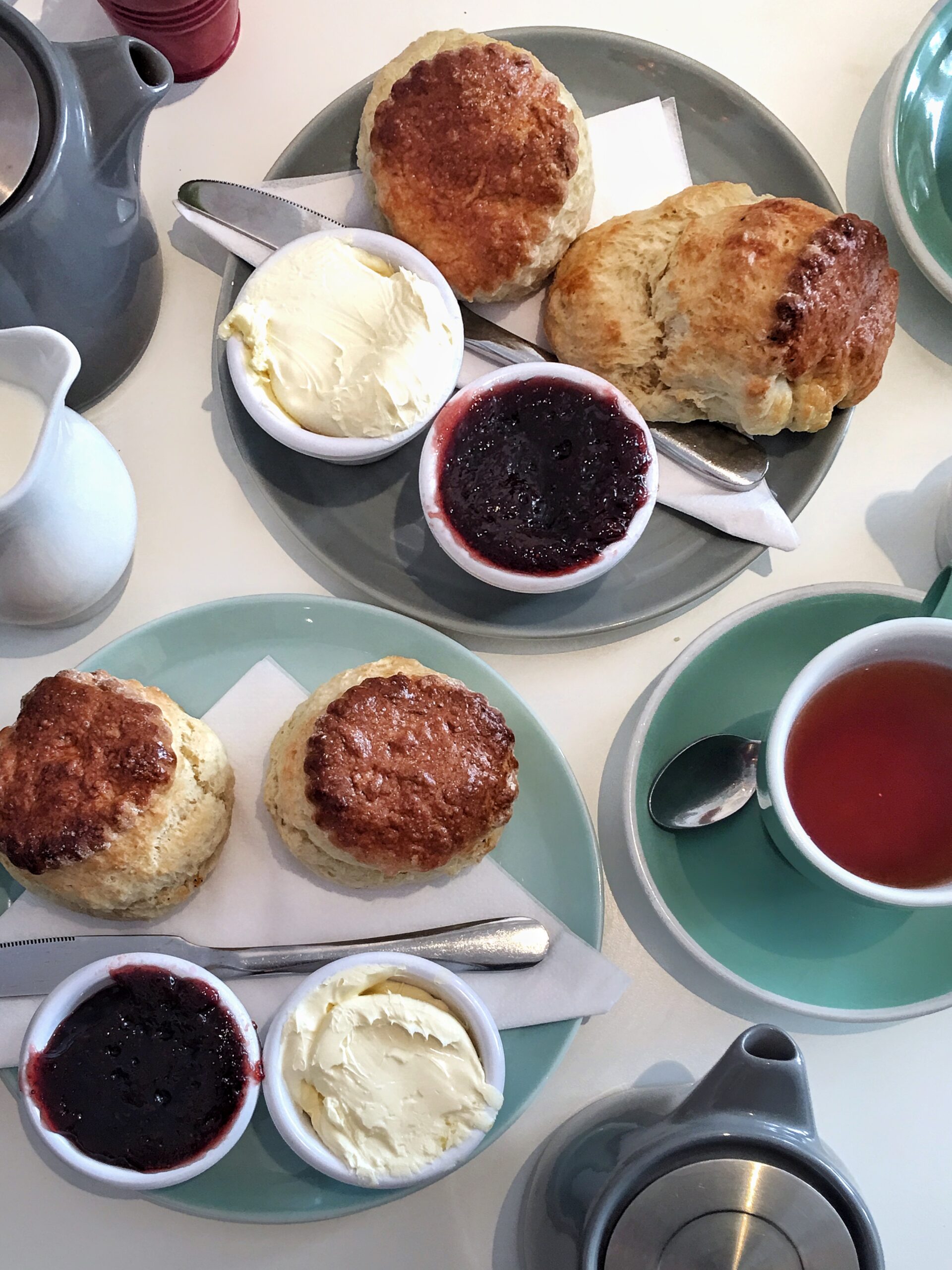


Related Post: Is Bath the Most Beautiful City in England?
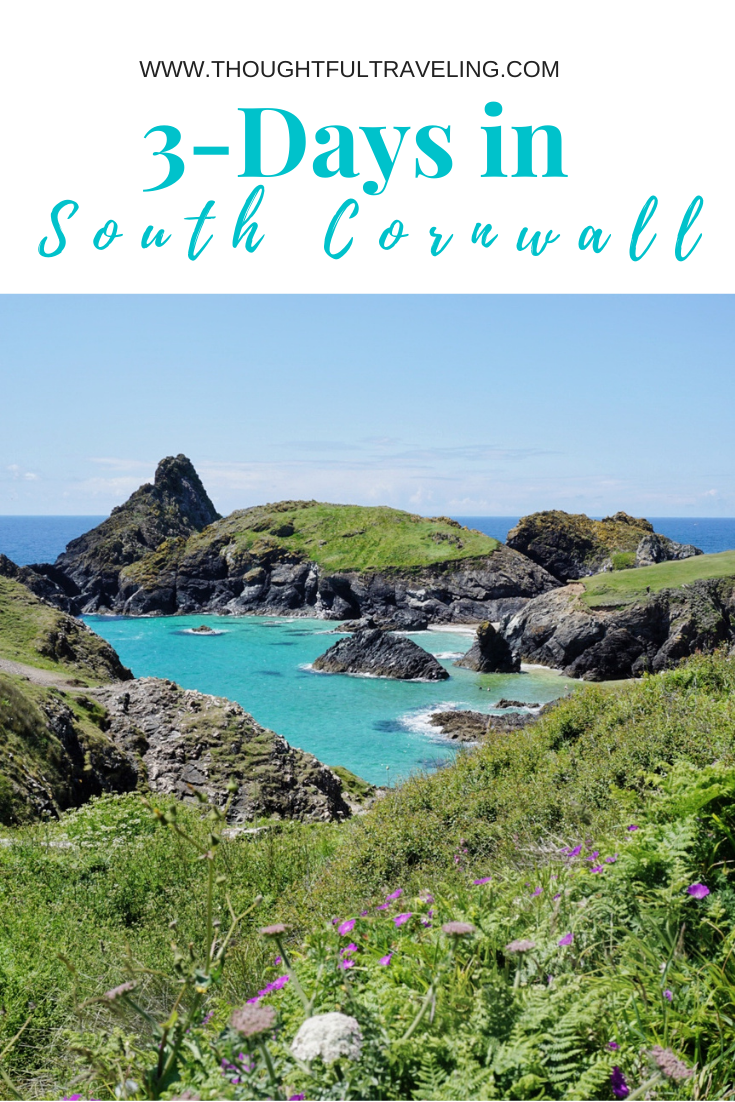
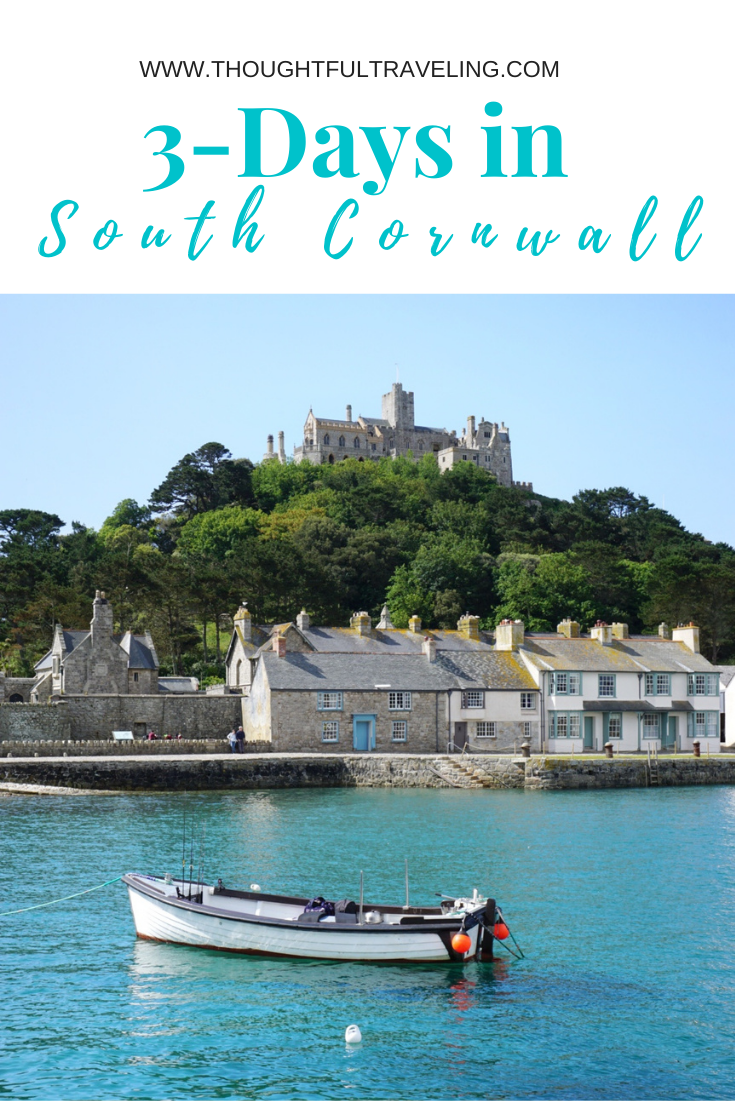

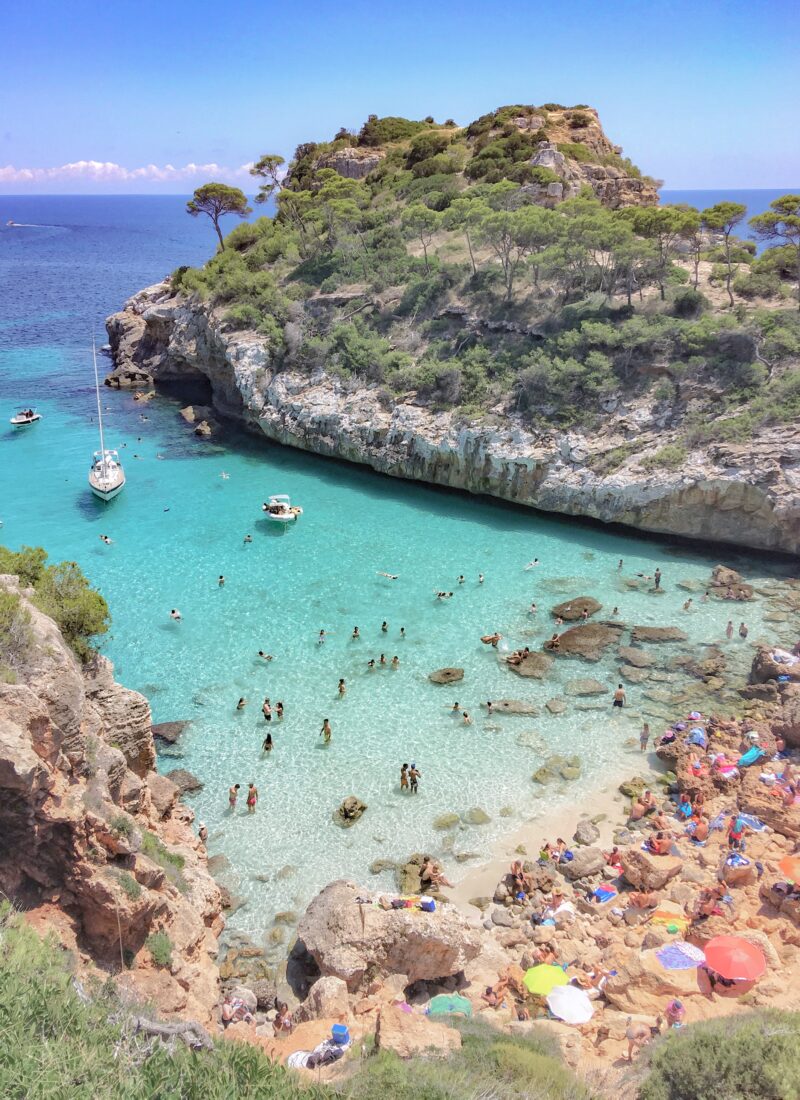
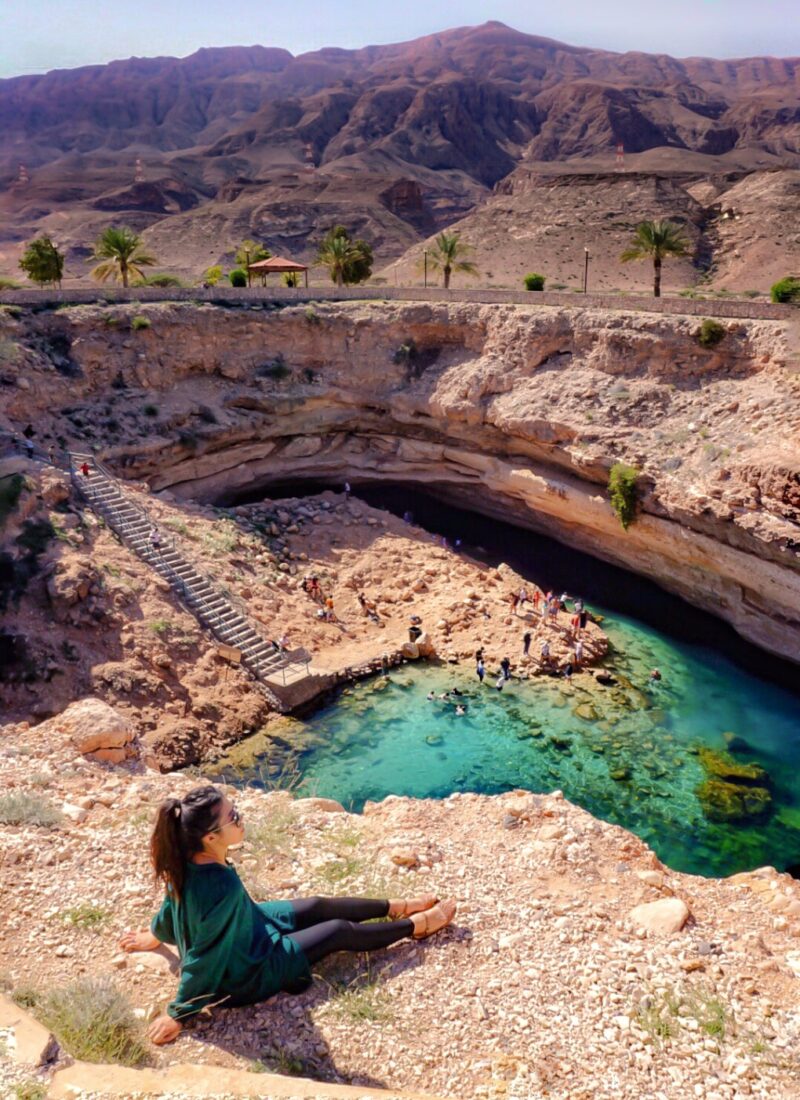

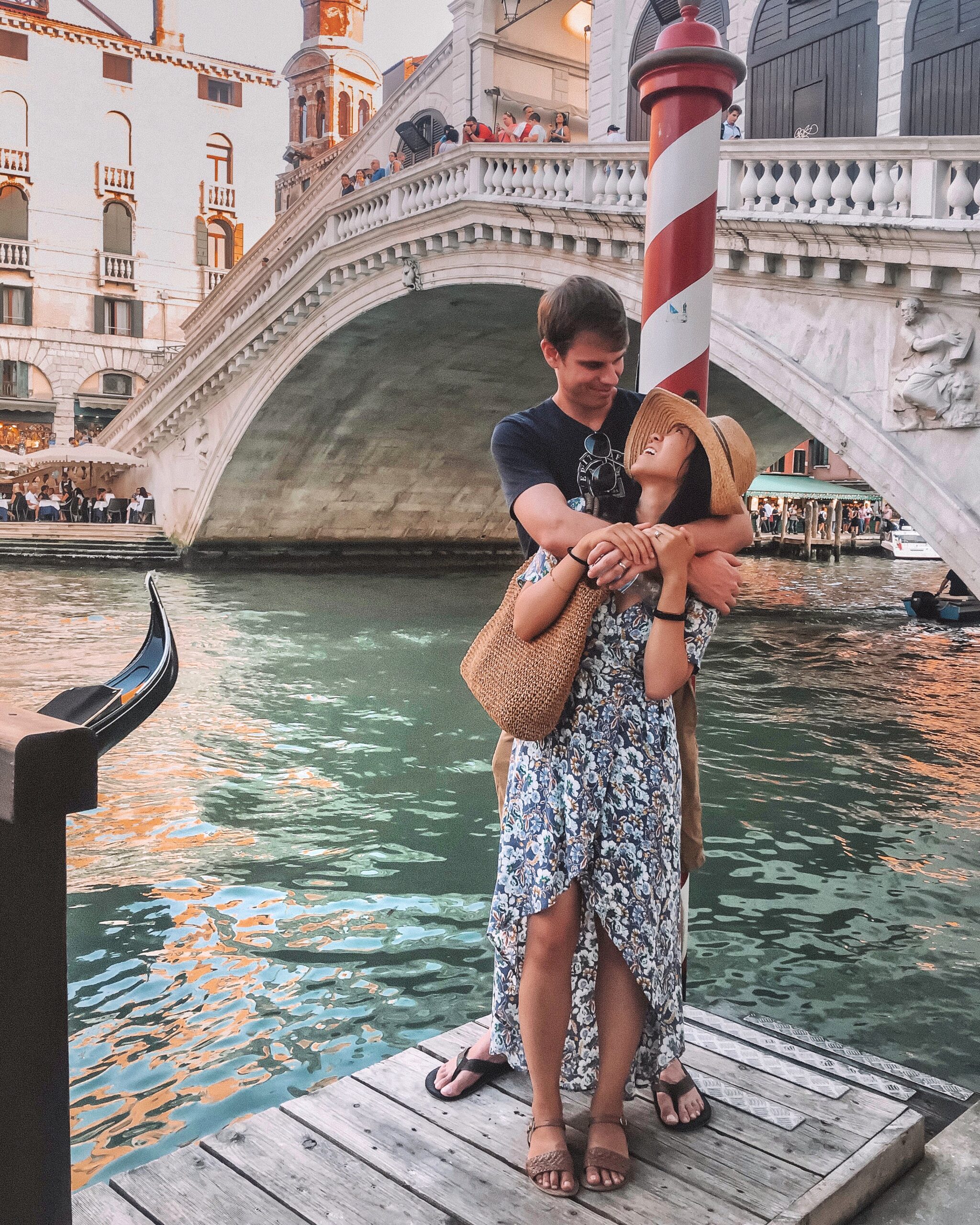

Leave a Reply